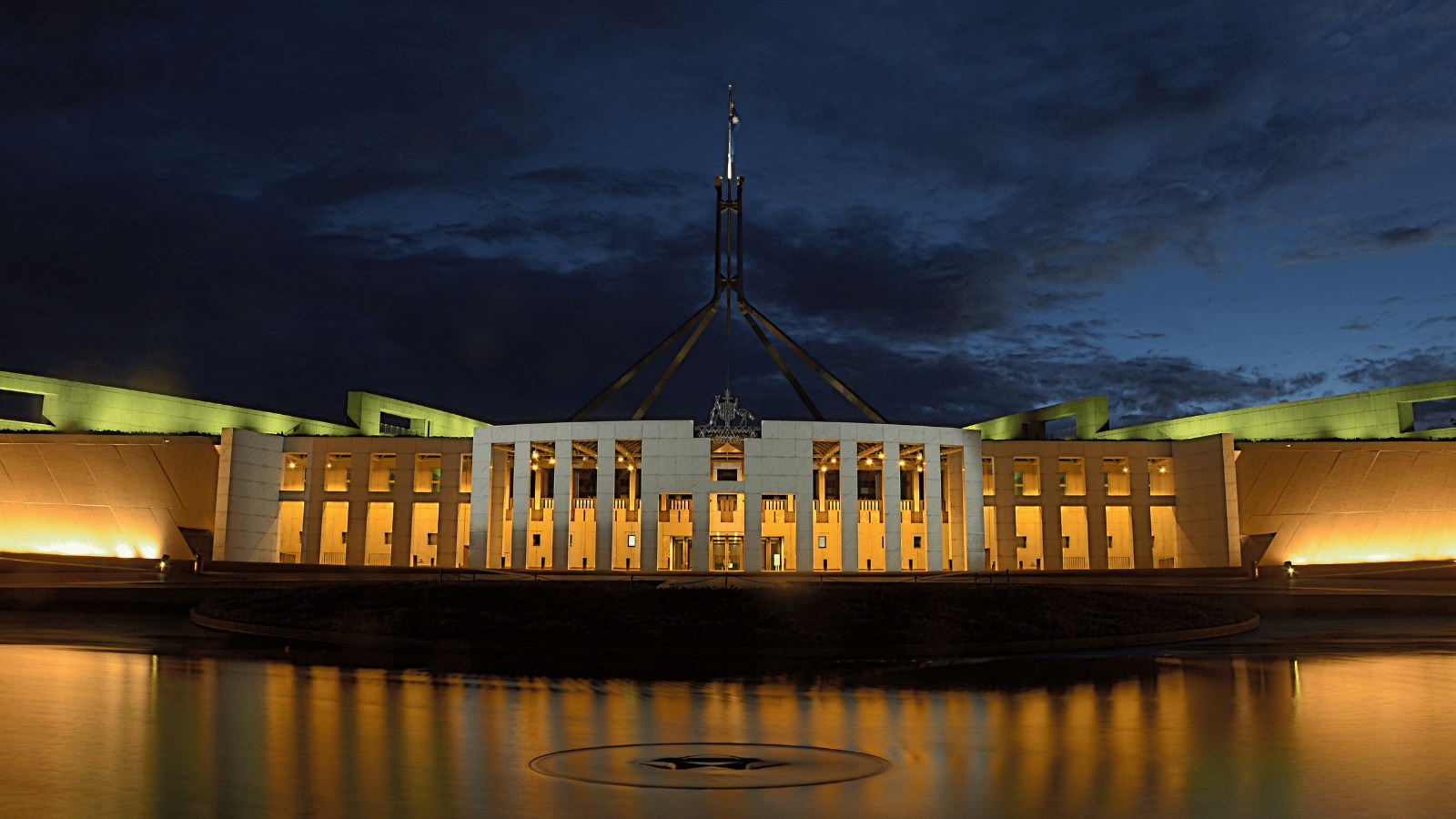The Albanese Government’s first Federal Budget painted a concerning picture of global economic pressures, with Treasurer Jim Chalmers hosing down expectations for broad cost of living measures or far-reaching new investment programs outside of those announced.
This budget has been used to fund election commitments and deliver on three core principles: cost of living relief with economic dividends, investments in long term priority areas, and the winding back of what the Government has deemed “wasteful spending,” with this budget ending a period of budgetary review and auditing of previously committed funding.
The ARA’s response to the budget can be found here.
Key deliverables:
From the perspective of funding election promises that benefit the community, the Government made a few funding decisions to power their core commitments:
- Childcare: the changes to childcare subsidies flagged to support all families making under $530,000 a year will see $4.7 billion in funding across four years.
- Paid Parental Leave: the extension of the current paid parental leave scheme to 26 weeks will be funded, at a cost of $619.3 million per year once established.
- Education: both TAFE and universities will see $485 million in funding for additional places, including Fee-Free TAFE options. The current funding preference for other priority areas will likely continue to leave a gap in the short term needs of the retail industry, as medium and long-term opportunities are prioritised.
Small Business Support:
Small Business Support is focused on providing businesses with access to services and assistance that can provide stable and ongoing advice to business owners. Programs funded include:
- BeyondBlue Small Business mental health support, $10.9 million across four years
- Energy efficiency grants expected to cost $62.6 million over three years
- An extension to the Small Business Debt Helpline, receiving an extra $4 million.
- $7.9 million for support to implement and maintain the duties expected from the Respect@Work Bill.
- $3.4 million to assist small businesses in implementing 10 days of paid family and domestic violence leave, something the ARA was looking for and supports as we move to implement the progressive reform of paid leave in this area.
- $18.6 million for Digital Solutions grants to assist small business in getting high quality advice.
In addition to these inclusions, the Government has also outlined funding for new initiatives across housing, infrastructure.
- Housing: The Government has announced a joint initiative with state governments and investors, to increase housing supply with a focus on new and affordable housing in growth areas, with the target of building one million homes before the end of the decade.
- Infrastructure: Although mostly supporting resources or consumer-focused projects, the Government’s infrastructure commitments include over $3 billion for projects that will support domestic supply chains directly, such as Tasmanian highways and central Australian road routes.
Additionally, following the delay of any possible changes to the stage 3 personal income tax cuts, the budget includes confirmation that the 2018 Low and Middle Income tax offset program has ended as of 30 June 2022.
Economic outlook:
Finally, renewed information about the Government’s revenues, expenses and debt levels was included in the budget.
- Audited spending has found almost $22 billion in spending across four years that the government intends to cut – mostly impacting external consulting contracts, government travel and advertising, as well as select regional infrastructure funding and grant programs that the Government has labelled as “discretionary.”
- Additional revenues were also accounted for in this budget, including an expected $4.7b from new ATO compliance programs and $950 million from reforms surrounding multinational tax. This accompanies a $200m additional investment in the ATO’s capabilities and compliance mechanisms.
- The budget is expected to be $36.9 billion in deficit for 22/23, less than half of the $78 billion deficit forecast for the year in the March 2022 Budget
As well as revised forecasts concerning macroeconomic indicators:
- Inflation is now predicted to remain around 3.5% until the end of 23/24.
- The unemployment rate is now forecast to be 4.5% by June 2024 as well.
- Real GDP growth is projected to be 3.25% in 2022/23 and 1.5% in 23/24.
- Australia’s fastest growing government cost will be debt servicing costs across the forward estimates – reaching $34 billion in 25/26.
On balance, this Budget was not a significant change to how the Government intends to fund its aims – rather setting the playing field before larger questions are addressed about structural change in the next Budget, likely in May 2023.
Links to the Budget documents and full explanations are available here




















